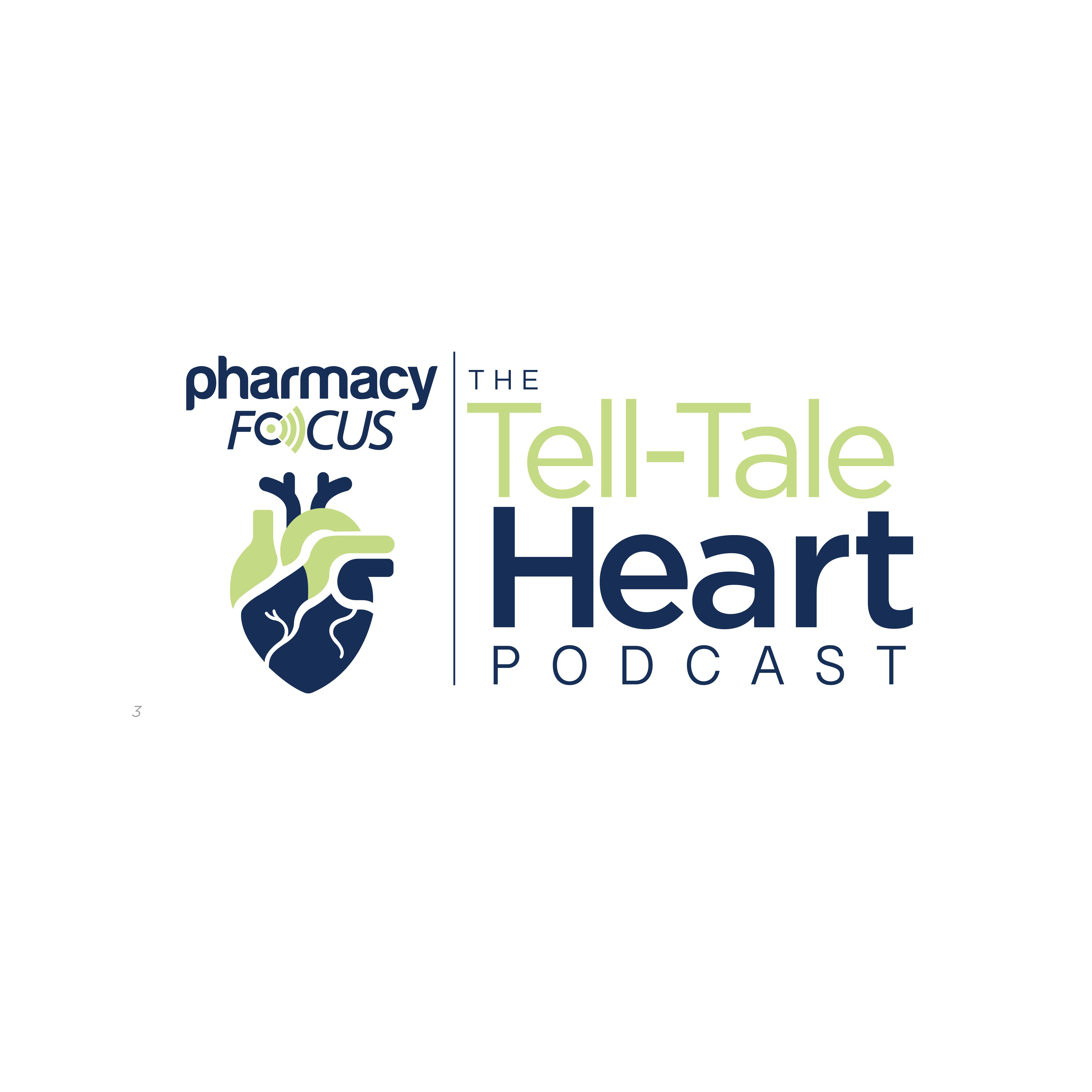Article
Organizational Approach Could Reduce Cancer Mortality
Author(s):
Physician meetings, the presence of a pharmacist, and following protocols could decrease mortality.
A recent study found that reducing mortality rates among patients with cancer in the intensive care unit (ICU) could be as simple as organizing meetings between physicians, implementing care protocols, and involving pharmacists.
Researchers in a study published by the Journal of Clinical Oncology examined data from 10,000 patients with cancer who were admitted to the ICU.
"The cancer patient quantitatively represents a very large part of the admissions in the ICUs, in a way that intensive units have become an important support treatment for these patients," said research leader Marcio Soares, MD, PhD.
In the study, these patients comprised 17% of all ICU admissions. Researchers discovered that practices such as daily meetings between oncologists and intensivists to create goals and care plans could lead to higher survival rates.
They also found that having a pharmacist present could prevent drug interactions and dose adjustments to avoid toxic complications, and decrease cancer mortality. Strictly following protocols could also positively impact survival rates, the researchers found.
“They are simple and low cost processes of local culture change and regulation that can reduce mortality in this group,” Dr Soares said. “Cancer patients undergo very complex procedures and surgeries, they usually have their immune system weakened by the treatment, leaving them more susceptible to infections and other complications; so it is important that physicians talk about treatment options and follow protocols to avoid problems.”
In addition to the patient benefit, the researchers found that these measures could also reduce costs up to 10% since resources would be used efficiently, according to the study.
“Our population is aging and we expect an increase in demand from cancer patients seeking admission,” Dr Soares concluded. “We don't have specialized hospitals for everyone, but studies like ours can help to reduce the gap between hospitals.”
Newsletter
Stay informed on drug updates, treatment guidelines, and pharmacy practice trends—subscribe to Pharmacy Times for weekly clinical insights.






